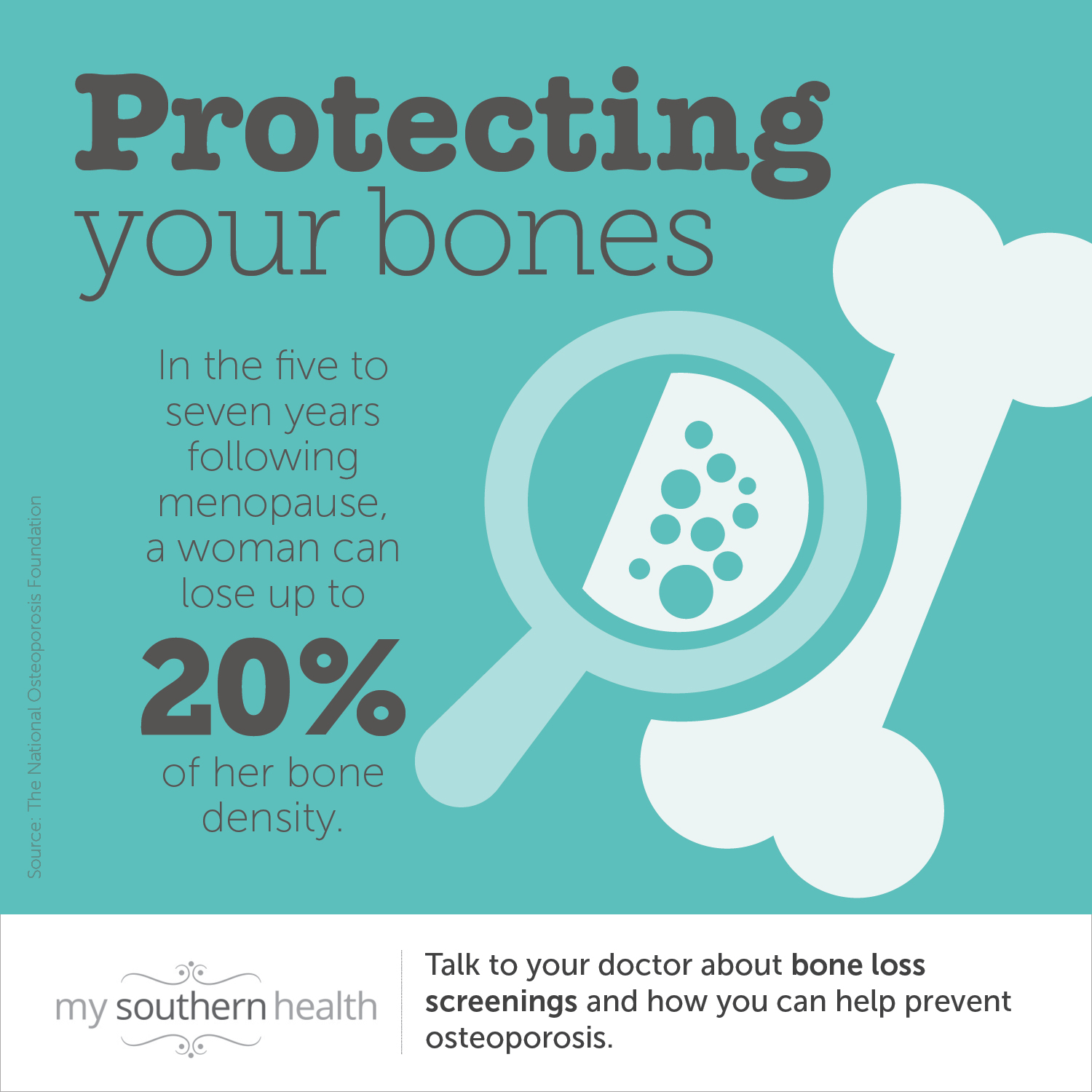Why You Ought to Contemplate 3D Imaging at Your Subsequent Mammography

Right here’s what it’s good to know in regards to the distinction between 2D and 3D mammogram imaging for breast most cancers screening.
In case your annual mammogram is arising, you could be questioning a few comparatively new breast-imaging process known as 3D mammography (or tomosynthesis) that may improve the flexibility to identify cancerous tissue. In 2011, the U.S. Meals and Drug Administration authorised utilization of 3D imaging together with 2D imaging, which is the usual digital mammography for breast most cancers screening. This new kind of imaging isn’t authorised to exchange 2D imaging, as a substitute, it enhances your screening’s precision.
We requested Reagan Leverett, M.D., a radiologist with the Vanderbilt Breast Middle to elucidate what 3D mammography is and the way it aids in breast most cancers detection.
Don’t Delay
Some issues in life will be delay. A most cancers screening shouldn’t be one in every of them. Most cancers checks save lives. Be taught extra.
What’s the distinction between 3D and 2D mammogram imaging?
With 2D mammography, the breast is compressed, and footage are taken in two instructions. “This leads to overlapping tissue which will cover a most cancers,” Leverett mentioned. “Nonetheless, 3D permits us to ‘slice by way of’ the breast, making skinny sections, like on a CT scan. This decreases the overlap and makes it simpler to see cancers.”
Moreover, the mixture of 2D and 3D mammogram imaging has been proven to scale back false positives that require a affected person to return to the clinic for added screening, experiences a latest JAMA research. “This may increasingly result in decreased price and anxiousness for the affected person,” Leverett mentioned.
What can a affected person count on when present process this mix of imaging?
Though some tools can take the 2D and 3D mammogram footage on the similar time, decreasing the screening interval by a number of seconds, different tools could require taking the photographs individually. “The strain on the breast is similar,” Leverett defined, “and each sorts of kit produce good footage.”
How can a affected person advocate for the kind of take a look at they need?
If you wish to get 3D imaging along with the usual 2D mammography, begin by contacting your insurance coverage firm. Though most insurance coverage firms in Tennessee are actually protecting 3D, not all are, Leverett mentioned. In case your insurance coverage firm will cowl it, the following step is to ask for it at your mammogram appointment. At Vanderbilt, your clinician is not going to want any further orders for a 3D mammogram.
Who ought to ask for 3D imaging?
“At Vanderbilt, we now have decided that 3D is greatest for ladies who’ve dense breast tissue,” Leverett mentioned. “But when the affected person’s insurance coverage is keen to pay for 3D, there’s actually no motive to not have it.”
Ought to a affected person fear about not getting 3D imaging?
“No,” Leverett mentioned. “A number of further cancers are discovered with 3D, however most cancers are discovered with commonplace 2D mammograms. A very powerful factor is to have common mammograms. If you may as well have 3D imaging, that’s even higher.”
How typically and when ought to sufferers get mammograms?
Within the early levels of breast most cancers, a affected person could not current any signs of sickness, in accordance with the American Most cancers Society. Common mammograms are necessary to assist detect adjustments or abnormalities in breast tissue in order that if most cancers is current it may be recognized early and handled appropriately.
Ladies 40 and older of common threat for breast most cancers ought to get a yearly mammogram. You probably have an elevated threat, corresponding to a private historical past or a household historical past of breast most cancers or have a genetic mutation recognized to extend your threat, speak to your doctor in regards to the potential want to begin screenings at an earlier age.










